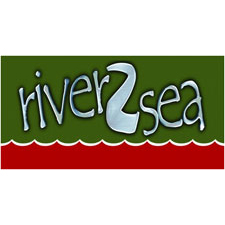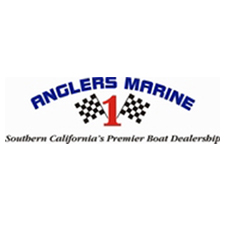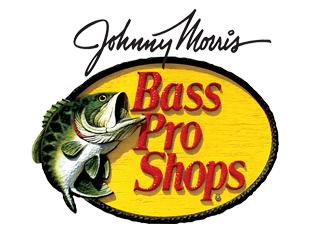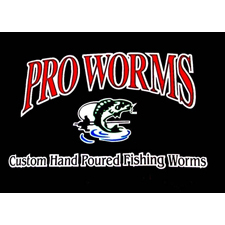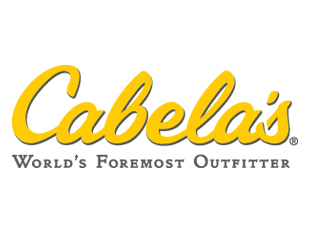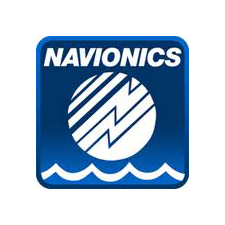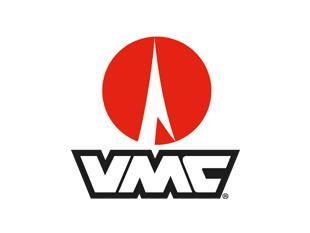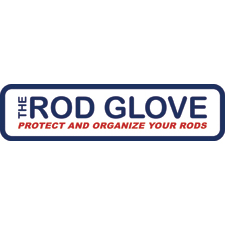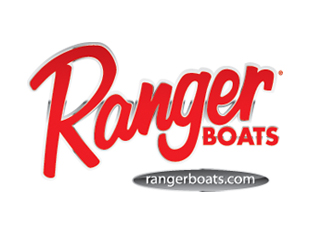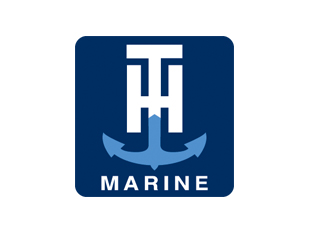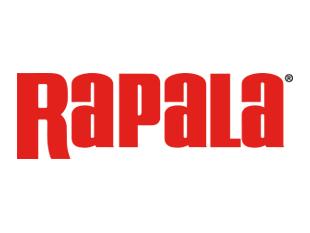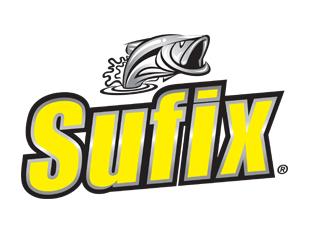The 2016 season starts at Pine Flat. Get your entry form in to the Tournament Director by Monday, January 4!
Dec 29
CBF Announces new format for 2016!
The California Bass Federation is excited to announce the new format for 2016. There are new ways for people to qualify to the championship…including club members at the CBF Club Championship! For more information, see Tournament Info.
Nov 15
Attention : Presidents and Youth Directors
In an effort to eliminate Junior Anglers competing in your state qualifying events for the Junior World Championship when they’re the wrong age, we’re asking you to do two things.
First, click and use the New Waiver Form linked here. Make sure each junior angler’s parent signs it and please pay particular attention to the top line highlighted in RED.
All you have to do is write the year of the event he/she is qualifying for at the top. This will put the burden of knowing the correct age date on the parents and take it off of the person who is running the event.
The second item is to post the SIGN linked here on the table where you are doing your registration. Again, all you have to do is write in the year of the event at the top.
As many of you know, qualifying a young angler for the Junior World Championship only to find out that he /she is too old is the worst phone call to make! By using this new waiver form and the posted sign you’re putting the burden of knowing the correct age on the parent BEFORE you let them fish.
As we discussed at our Youth Director meeting in Hot Springs you have three primary obligations to send a junior angler to the JWC.
Get them qualified in a manner that’s fair to everyone.
Make sure they’re the right age.
Make sure they have an Active TBF Junior membership.
If you take care of those three things we’ll put on a quality event for the anglers and their families!
Please make sure your staff uses these two tools to avoid a painful situation that will only hurt your federation.
Thank you!
Mark Gintert
TBF National Youth Director





